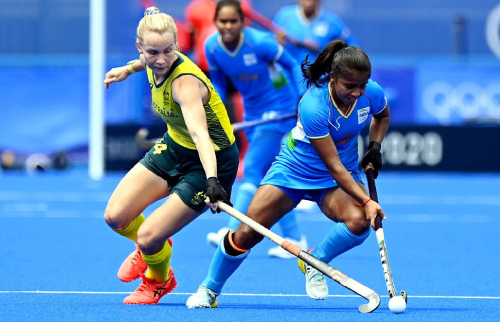In Spotlight
- Upcoming

- Upcoming

The annual WADA Play True Day, held this year on the 9 April, celebrates and highlights work being done in the battle to eradicate doping from elite sport. Each year the organisation reaches out to millions of people via social media to raise awareness about the meaning and value of clean sport. Individual athletes and sports organisations are all encouraged to join in spreading the word to the sporting public and beyond.
In line with the World Anti-Doping Agency’s (WADA) aims and ambitions, the International Hockey Federation (FIH) takes its own commitment to running a clean sport extremely seriously and works hard to ensure that it stays abreast of any developments in doping, testing and education around the subject.
This approach has been enhanced after the FIH joined a number of other sports in outsourcing its Anti-Doping procedures to the Independent Testing Authority (ITA). This body, which now works with nearly half of all Olympic Sports, will bring independence and new levels of efficiency to the FIH’s existing programme.
Speaking ahead of Play True Day, Director of Sport and Development at the FIH, Jon Wyatt, said: “The International Olympic Committee (IOC) was increasingly focusing on independence between the governing body of a sport and anti-doping compliance. Although we have never had an issue, we felt it was the right thing to do and it has led to many benefits for the sport.”
Among the benefits cited by Wyatt is the enhancement to the FIH’s reputation as an organisation that takes anti-doping measures and education very seriously. By voluntarily bringing in the services of an independent body is a clear signal of hockey’s willingness to keep the sport clean.
By tapping into the ITA’s expertise across a number of sports, as well as its geographical reach, the FIH will be able to access new information and best practice far quicker than before. As Wyatt said: “We are working with genuine experts in the field of anti-doping.”
The impact on athletes is non-existent. For the athletes all the anti-doping rules, regulations and procedures remain unchanged. For the governing body, the changes are positive.
As one example, the management of TUE’s in which athletes declare medications that they are using to treat an illness, has become far more efficient. In the past, the FIH relied on a handful of doctors to manage TUEs. In the lead up to tournaments this could become a very time-consuming task, carried out by a small number of doctors. ITA has a dedicated team to process TUEs, so athletes will receive responses far quicker.
The other big benefit for the FIH is the access to ITA’s education resources. While all athletes that are due to compete at a FIH event must have taken an online course in the previous two years, Wyatt says this is really a minimum requirement. Through the ITA resource bank, national associations will be able to access webinars and workshops to really educate the athletes about anti-doping.
“There are three major areas where I see a huge benefit to us,” says Wyatt. “Efficiency, best practice and being at the forefront of any developments.”
To celebrate Play True Day, WADA is inviting athletes from all sports to publicly answer the question: “What does Play True mean to you?”
Canada men’s captain Scott Tupper said: “I think the concept of clean sport and play true is so important to the integrity of sport from the Olympic down to the recreational level. Hockey has traditionally been void of major doping scandals and I think that speaks to the values of the athletes who participate. We want to compete on an even playing field and I'm proud to be part of a hockey community that celebrates and promotes clean sport.'
And Janne Müller-Wieland, captain of the German women’s national team, said: “I’m proud to be a hockey player, as I believe we can demonstrate ‘clean sport and play true’ at all levels (grass root to Olympian), all around the world.”
The concept for Play True Day can be traced back to 2013, when a WADA-hosted Education Conference was attended by 17 South American countries. What began as a South American initiative has now become an annual global celebration reaching more than 50 million people.